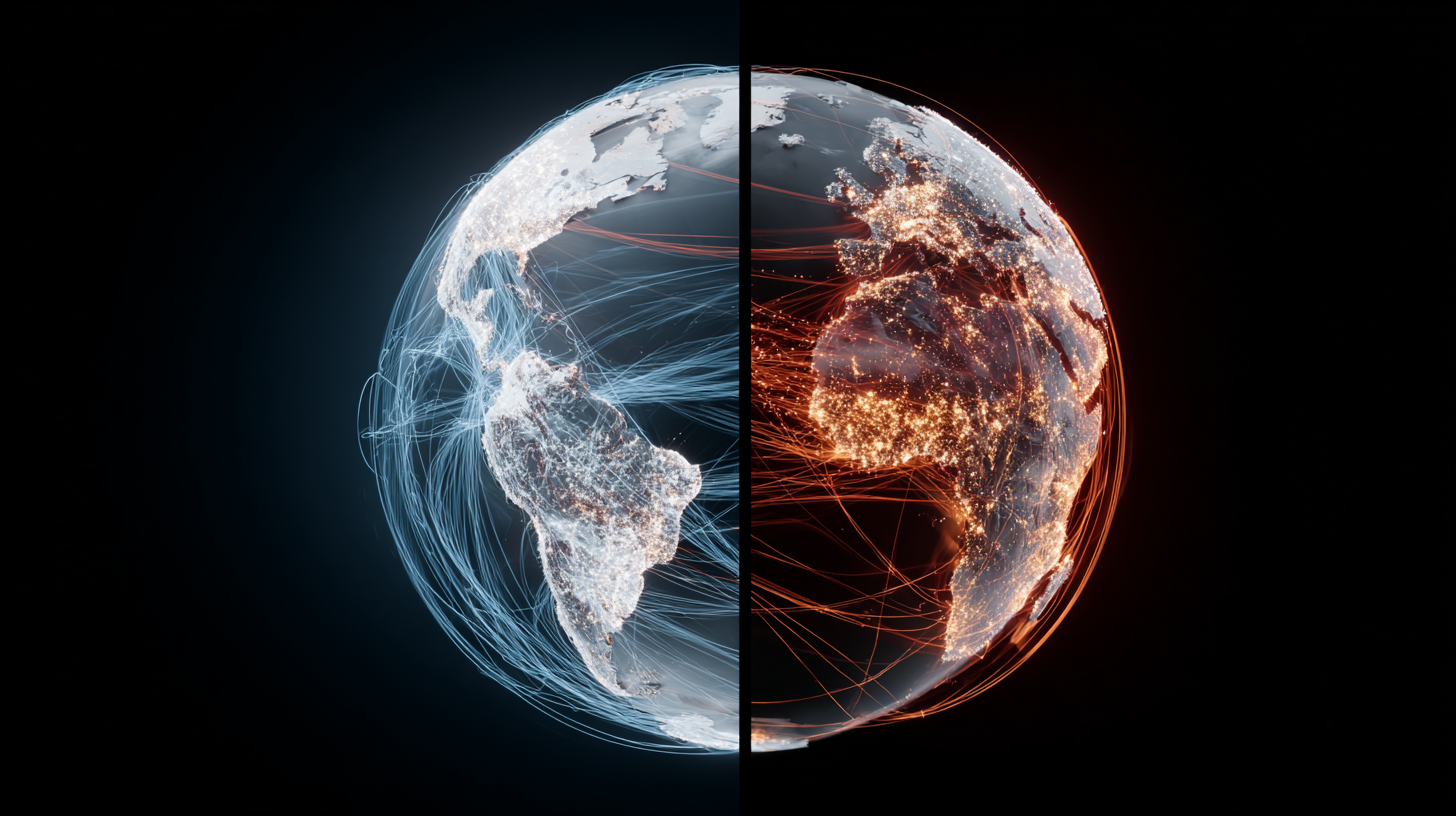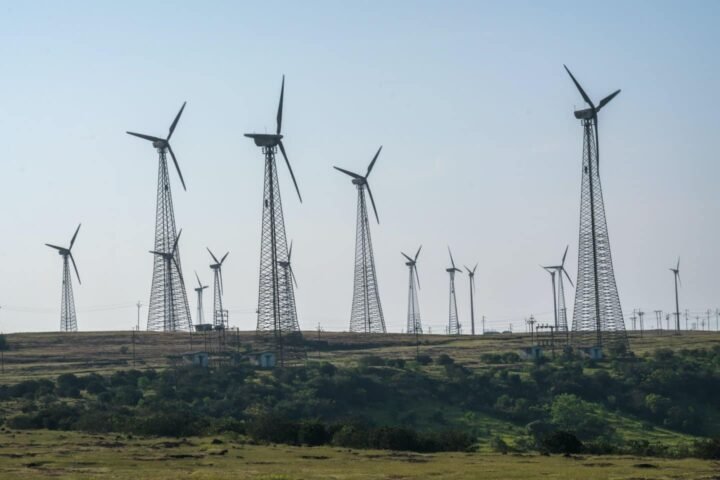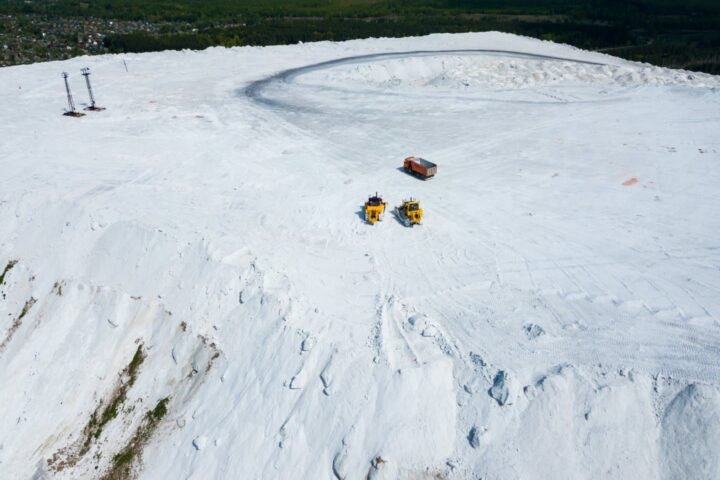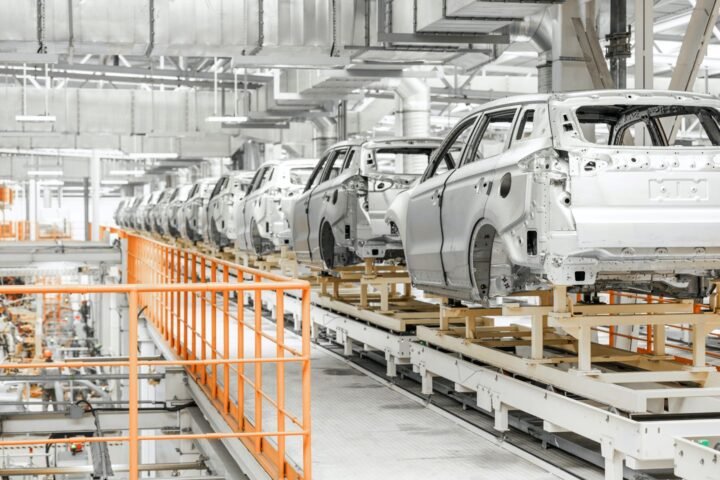For nearly three decades, the global economy operated on a beautiful, seductive, and fundamentally dangerous idea: the principle of “Just in Time.” It was the undisputed doctrine of efficiency, a finely tuned engine where components for a car in Detroit arrived from Guangzhou mere hours before assembly, and shelves in a Chicago supermarket were restocked with Colombian coffee beans just as the last bag was sold. This system, a marvel of frictionless globalization, minimized costs and maximized profits. It was perfect. And its perfection was its greatest flaw.
The last five years have served as a brutal stress test for this delicate machine. The initial shock of the COVID-19 pandemic now feels like a distant memory, but its aftershocks have permanently altered the corporate landscape. The images of empty shelves and idling factories were not a temporary anomaly; they were a glimpse into the inherent fragility of our hyper-optimized world. That initial tremor was compounded by a steady rhythm of geopolitical friction and logistical nightmares. The strategic decoupling in sensitive tech sectors between the U.S. and China is no longer a threat, but a reality, evidenced by the massive, state-backed investments in semiconductor fabrication plants in Arizona and Ohio. Add to this the persistent instability in key shipping arteries like the Red Sea, which has forced logistics giants to fundamentally reroute major trade lanes, adding weeks and significant costs to each journey.
What we are witnessing is not a series of isolated crises. It is the end of an era. The boardroom mantra is no longer “efficiency at all costs.” A new, more cautious, and far more expensive logic has taken hold: “Just in Case.”
The Great Recalibration: Resilience as a Balance Sheet Asset
The shift from “Just in Time” to “Just in Case” is a fundamental recalibration of risk. For a generation, a lean inventory was a sign of a well-run company; today, it can be a sign of strategic naivety. The new wisdom prioritizes resilience, and this resilience is now being written onto balance sheets in the form of hard assets.
We see this in three key trends. First, the intentional build-up of “buffer stocks.” Companies from electronics manufacturers to apparel brands are now holding weeks, or even months, of critical inventory as an insurance policy against disruption – an expensive policy, but one deemed necessary.
Second, the diversification of suppliers. The model of relying on a single, low-cost manufacturing hub is being replaced by a multi-pronged approach, creating redundancy even at a higher cost. A company might now source a single component from factories in Vietnam, India, and Mexico simultaneously.
Finally, and most significantly, is the rise of “near-shoring” and “reshoring.” The unprecedented flow of capital into manufacturing in Mexico from U.S. firms is a testament to this. By bringing production closer to home, corporations are trading the low labor costs of distant continents for the predictability and stability of a shorter, more controllable supply chain. This isn’t a retreat from globalization, but rather its re-imagining around more stable, regional blocs.
The Price of Certainty
This new paradigm of resilience is not free. The “Just in Case” model carries tangible costs that will be felt across the economic spectrum. For corporations, it means a massive wave of capital expenditure on new facilities, technology, and logistical networks. It means higher working capital tied up in inventory, which can put pressure on short-term profitability. Investors are slowly learning to reward companies not for their leanness, but for their durability.
For the consumer, the implications are just as profound. The long era of steadily deflating prices for consumer goods, driven by the relentless pursuit of offshore efficiency, is over. The price tag on a smartphone, a car, or a piece of furniture now includes the hidden cost of that product’s “insurance policy.” Prices may become more stable and predictable, but the downward pressure has eased, likely for good.
This is not a cause for panic, but for understanding. We are not witnessing the end of global trade, but its maturation. It is evolving from a system based on idealistic efficiency to one grounded in pragmatic reality. The global supply chain is no longer a fragile, invisible network we took for granted; it is now a core strategic asset to be managed, fortified, and, ultimately, paid for.
Efficiency was a luxury afforded by a stable world. In the more volatile landscape of 2025, resilience is a necessity. And necessities always come at a premium.











